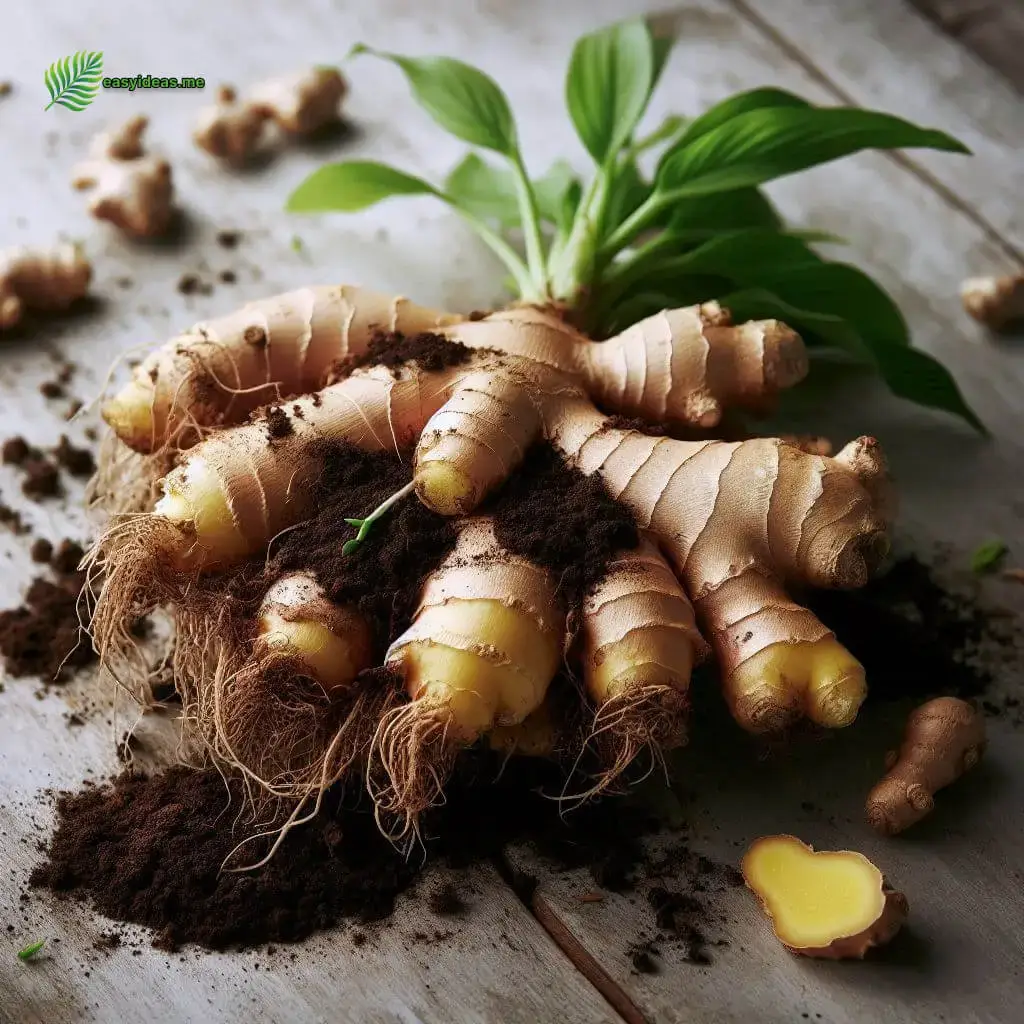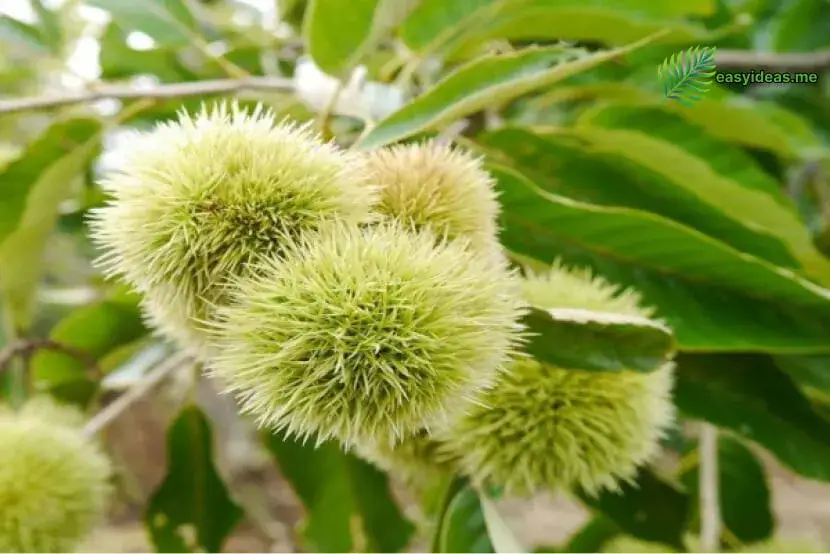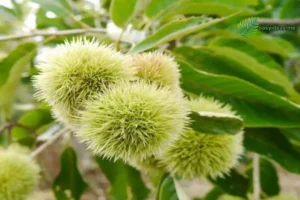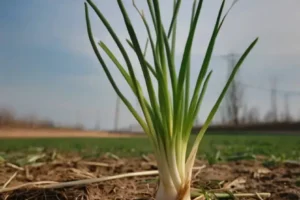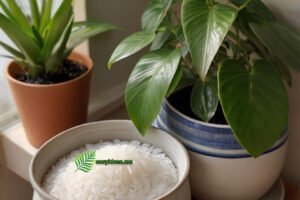Nutrient deficiency in plants can result in stunted growth and adversely affect both crop yield and productivity, causing economic losses for farmers. Understanding and identifying the signs of nutrient deficiency in plants in a timely manner can help farmers provide the necessary nutrients, address the stunted and underdeveloped growth of plants, and ultimately enhance crop yield and quality. So, how can we identify nutrient deficiency in plants? Let’s explore together with Easy Ideas!
1. Nitrogen (N) Deficiency:
- Signs: Yellowing of older leaves starting from the bottom, stunted growth.
- Remedies: Apply nitrogen-rich fertilizers, such as compost or organic nitrogen fertilizers, to replenish the nutrient levels in the soil.

2. Phosphorus (P) Deficiency:
- Signs: Dark green or purple leaves, delayed flowering and fruiting.
- Remedies: Add phosphorus-rich fertilizers, such as bone meal or rock phosphate, to enhance phosphorus availability in the soil.

3. Potassium (K) Deficiency:
- Signs: Yellowing or browning of leaf edges, weak stems and reduced disease resistance.
- Remedies: Apply potassium-rich fertilizers, like wood ash or potassium sulfate, to improve potassium levels in the soil.

4. Iron (Fe) Deficiency:
- Signs: Yellowing between leaf veins while veins remain green, stunted growth.
- Remedies: Use iron chelate or iron sulfate to provide plants with readily available iron. Adjust soil pH if it is too high, as high pH can limit iron uptake.

5. Magnesium (Mg) Deficiency:
- Signs: Yellowing between leaf veins, starting from older leaves, while veins stay green.
- Remedies: Apply magnesium sulfate (Epsom salt) to the soil or foliage to supplement magnesium levels.

6. Calcium (Ca) Deficiency:
- Signs: Stunted growth, distorted leaves, blossom-end rot in fruits.
- Remedies: Add calcium sources like gypsum or crushed eggshells to the soil to improve calcium availability.

Wrap Up
Correcting nutrient deficiencies starts with acknowledging these symptoms. Performing a soil test is crucial as it offers valuable information about the precise nutrient requirements of your plants. To address deficiencies, it’s common to amend the soil with organic materials or apply targeted fertilizers to restore balanced nutrient levels.
Prevention is indeed crucial. By regularly monitoring your plants, maintaining soil health, and providing balanced nutrition, you can prevent nutrient deficiencies from occurring in the first place. This proactive approach ensures a flourishing garden where plants thrive and contribute to its beauty and vitality. With your attentiveness and care, you can transform nutrient-deficient plants into lush and vibrant specimens.
Read more:


